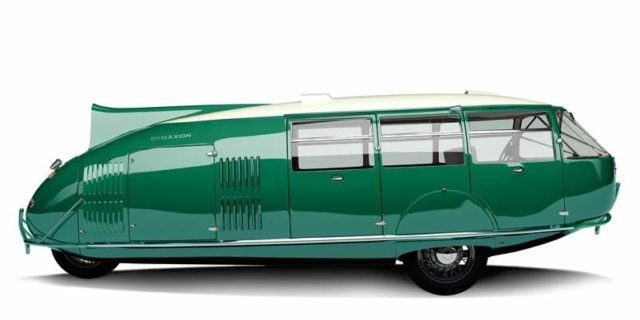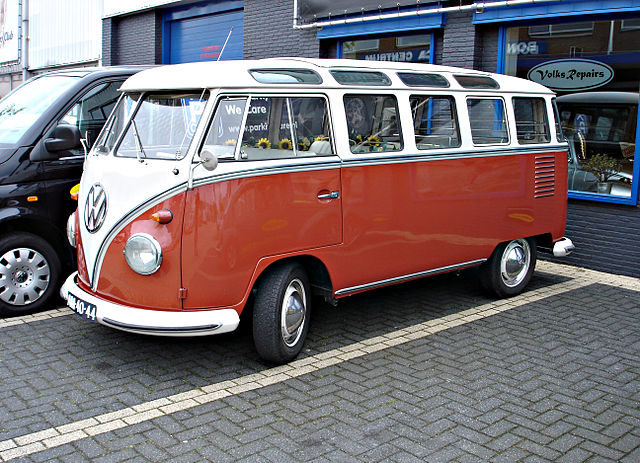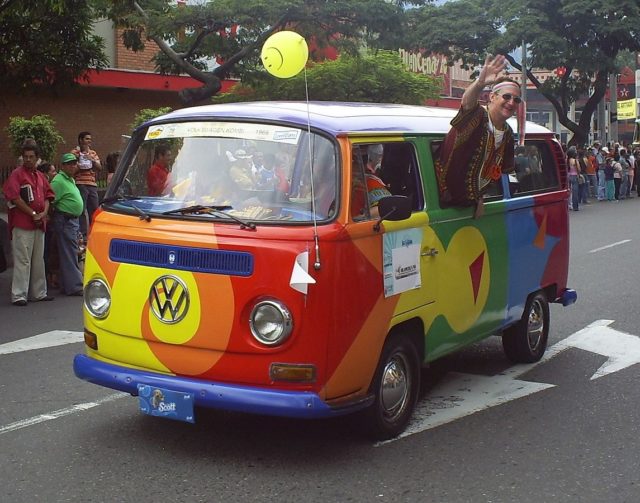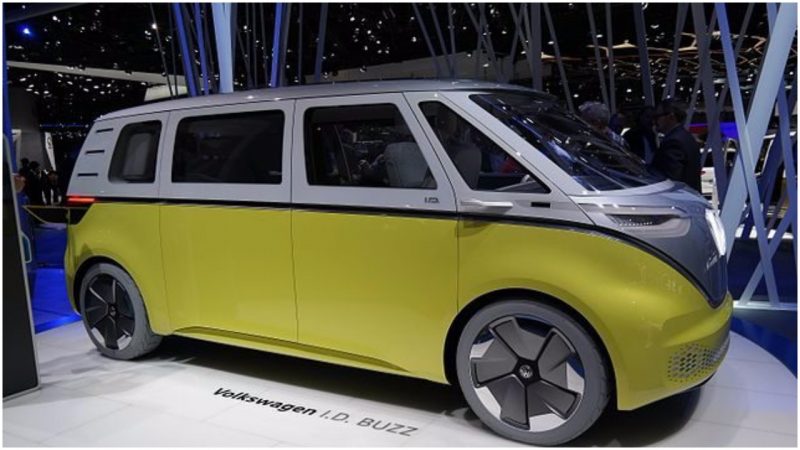For all the baby boomers who want to relive Woodstock and the retro-obsessed millennials who are addicted to technology, Volkswagen unveiled its new and extremely groovy concept of the much-beloved classic Microbus during the Detroit Auto Show earlier this year.
The Verge reported that, after a couple of months, the production of the iconic vehicle of the hippy generation, which VW fans have been waiting for ages to reappear, was officially confirmed by company CEO Herbert Deiss, who shared that the microbus will be built as part of their new MEB platform (Modular Electrification Toolkit), Volkswagen’s brand new modular system for manufacturing electric vehicles.
The forward control panel van introduced in mid 20th century by the German automaker, officially named Volkswagen Type 2 but widely recognized as “microbus,” “minibus,” or the “Hippie Van,” after almost half a century will get a grandchild in the series. Labeled the I.D. Buzz, the microbus is planned to be an all-electric and fully autonomous vehicle aimed to bring back Volkswagen’s glory days of peace signs, bellbottoms, and flower power.
As with the reinvention of the Beetle, this is an emotional project aimed at people who want to bring back an idyllic romance of the past. Deiss stated: “Emotional cars are very important for the brand. We are selling loads of Beetles still, particularly in US markets. But we will also have the Microbus that we showed, which we have recently decided we will build.”
The second official Volkswagen model was marketed by its designated factory name, Type 2, was introduced in the U.S. as a competition to other vans sold through the states in the 60’s, such as the Ford Econoline, the Dodge A100, and the Chevrolet Corvair 95 Corvan for instance. Allegedly it started first as a concept in 1946 and it was inspired by 1920s Rumpler Tropfenwagen design and 1930s Buckminster Fuller’s Dymaxion, neither of which ever reached production and sales. On the brink of 1950, a new concept came to life when Ben Pon’s idea for the first model was accepted the Type 2 model went into production. It was offered in two possible variations, the Kombi which had two windows on the side and seats in the middle and at the back that could be removed with relative ease if needed, and the other one, called the Commercial. A few months later the family was expanded with The Microbus version, followed by its Deluxe version right after.

In its first year of mass production, according to some reports the company produced approximately 10,000 (results vary) of the first generation of Volkswagen Type 2, the Model T1, which was sold up until 1967.
With a split windshield placed on top of it’s iconic V-shaped chassis design, the van almost instantly came be known as the “Splitscreen,” Side to side with the 1947 Citroën H Van, they were dubbed revolutionary front wheel driven vans with inventive “forward control” and a driver seat placed above the front wheels. With its mass production and instant popularity in its first year, the model started a worldwide trend in the automobile industry. To keep up with its competitors, Volkswagen revised its production and developed various versions and variants, culminating with the “The Volkswagen Samba,” the most luxurious version of the T1, referred as the Sunroof Deluxe in the United States.

The design of the Volkswagen vans stood out from its similarly built contemporaries and came to be fondly nicknamed around the globe. Most called it the “microbus” or the “minibus,” and, due to its massive use and the popularity it gained during the counterculture movement in the 1960s, people started calling it the “Hippie Van.” It remains the iconic transportation vehicle for many 1960s revelers today.

In 1968 all the models were heavily modified, which started the second generation of production, lasting a full decade. From then onwards the “Microbus” lost its distinguish split-screen look and came to have four more generations, resulting in the brand new all-electric envisioned rebirth of the classic Microbus, the VW ID Buzz.
With its 200-kilowatt electric motor and 99 miles per hour at most, just like its predecessor, it’s not meant to conquer the road with speed, but with class, comfort, and elegance. Built with a 111-kWh battery, this new stylish version of the classic shape that the Microbus came to be known for is expected to have a driving range of 300 miles, with the ability to charge up to 80 percent in less than 30 minutes.
In addition to that, it comes with built-in Volkswagen’s ID pass, a cloud-based user profile that allows for multiple profiles and unique settings for anyone, meaning every time you get in, either as a driver or as a passenger, you simply log in and the car will automatically arrange everything as you previously specified. Precise and fully pre-customizable presets that can include everything from the position of the steering wheel and your seat to air conditioning, music and car ambiance even.
Volkswagen will always have a place in America’s cultural identity. But beyond the U.S., vehicles like the Beetle and the Microbus are icons throughout the world, and it’s completely cool to see a company trying to play around with its classic models for nostalgic hearts as it looks further into a cleaner electric future.
It’s a brilliant marketing strategy, however, even though it was officially confirmed that the Microbus is returning with a brand new modern look somewhere in the future, there is still a long way to go as the company wants to first release an electric hatchback at the very start of the 2020s before it starts to produce the Microbus. A long way to go yes, but a bright future worth waiting for.
